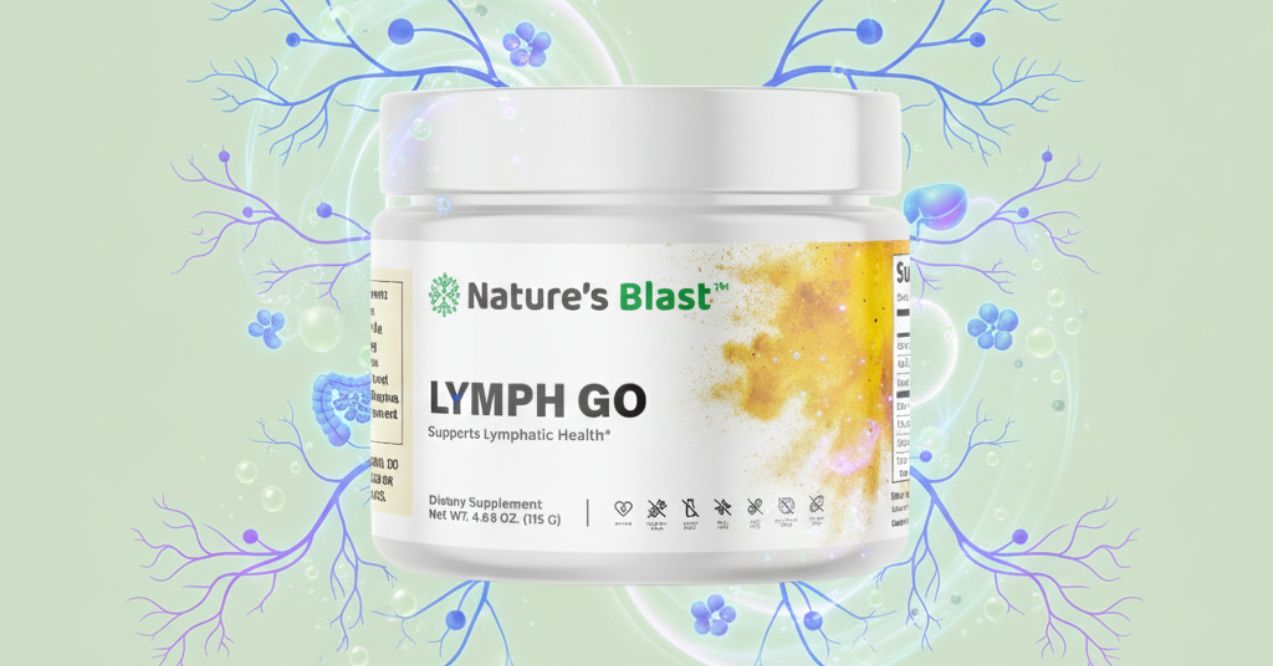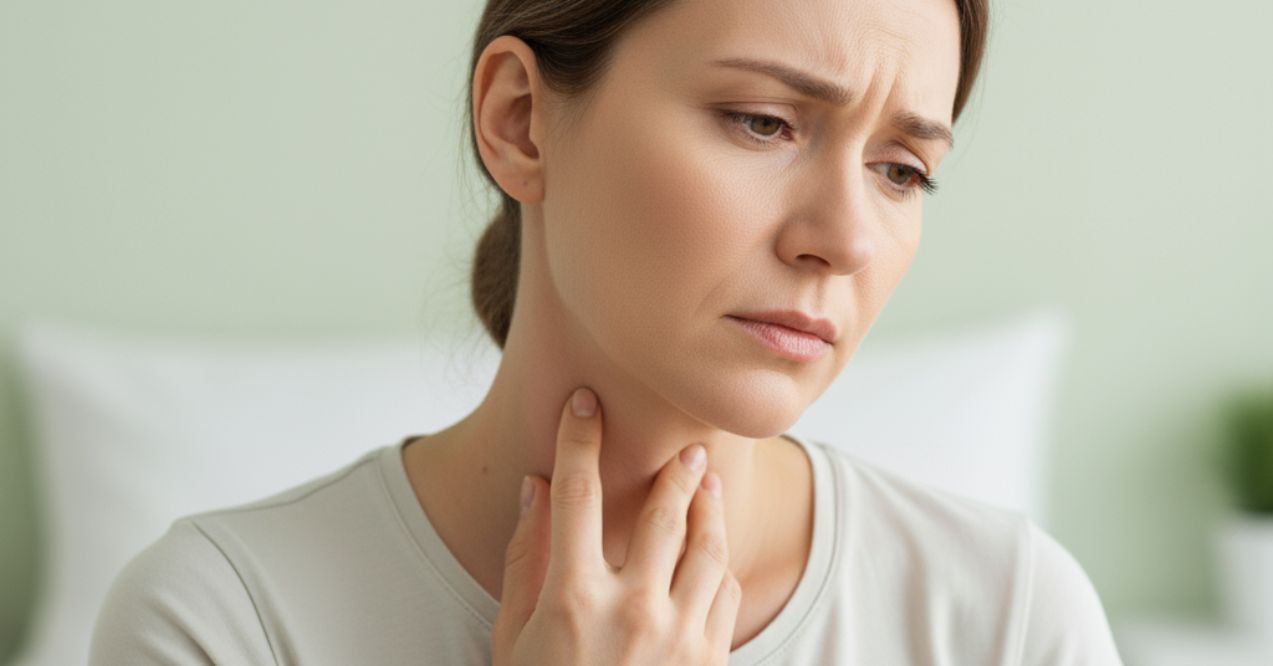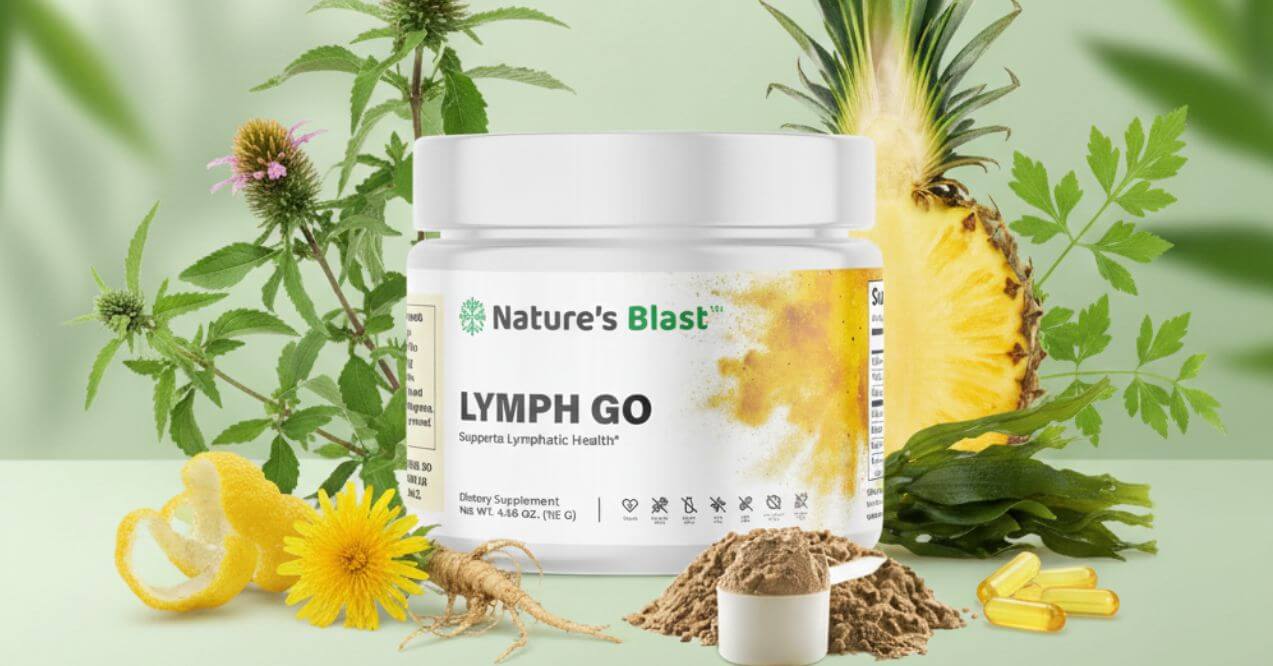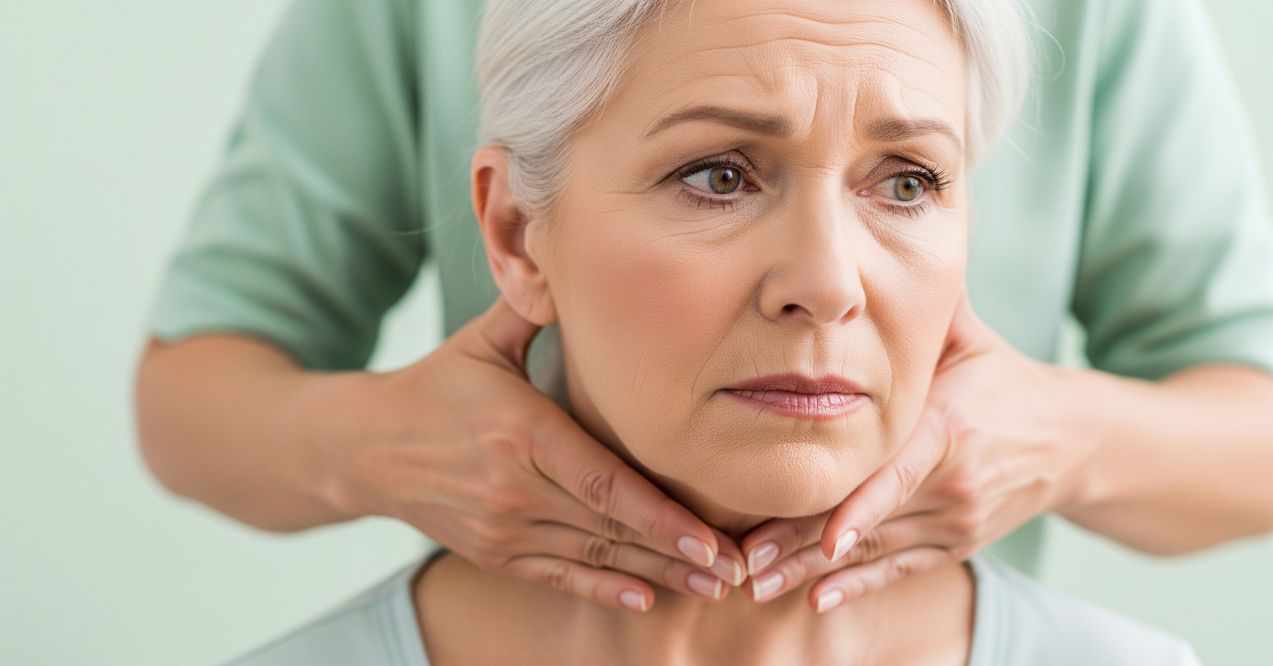7 Best Essential Oils for Lymphatic Drainage
Medically reviewed by our experts


Your lymphatic system quietly moves nearly 15 liters of fluid throughout your body each day, all without a central pump to push it along. This remarkable network plays a vital role in your overall wellness, yet many people overlook its importance. As natural wellness practices gain popularity, more individuals are discovering how essential oils for lymphatic drainage can complement their self-care routines.
The growing interest in lymphatic massage and natural detox methods has sparked curiosity about which plant-based oils may support healthy lymph flow. This article explores seven potent essential oils that may enhance your lymphatic wellness routine. You’ll also learn practical application techniques and discover how these aromatic oils can work alongside other natural strategies for optimal results.
Understanding the Lymphatic System
The lymphatic system serves as your body’s internal cleansing network, working quietly alongside your circulatory system. Its primary functions include maintaining proper fluid balance, filtering unwanted compounds, and supporting your immune defenses. Unlike your cardiovascular system with its powerful heart pump, the lymphatic network relies entirely on body movement and gentle pressure to function properly.
Your lymphatic system performs several vital functions that keep you healthy:
- Fluid regulation – returns excess interstitial fluid back to circulation
- Immune transport – carries immune-supporting cells throughout the body
- Detox support – assists in clearing cellular byproducts and waste
Why Support Lymphatic Flow Naturally
Natural methods to stimulate lymph flow have gained significant attention in wellness communities. Practices such as specialized massage, proper hydration, regular movement, and the use of essential oils for lymphatic drainage may help maintain optimal lymphatic wellness. These gentle approaches work with your body’s natural processes rather than forcing dramatic changes.
Many people find that incorporating these supportive practices into their daily routines helps them feel more energized and balanced. The key lies in consistency and choosing methods that feel comfortable and sustainable for your lifestyle.
How Essential Oils Can Support Lymphatic Drainage
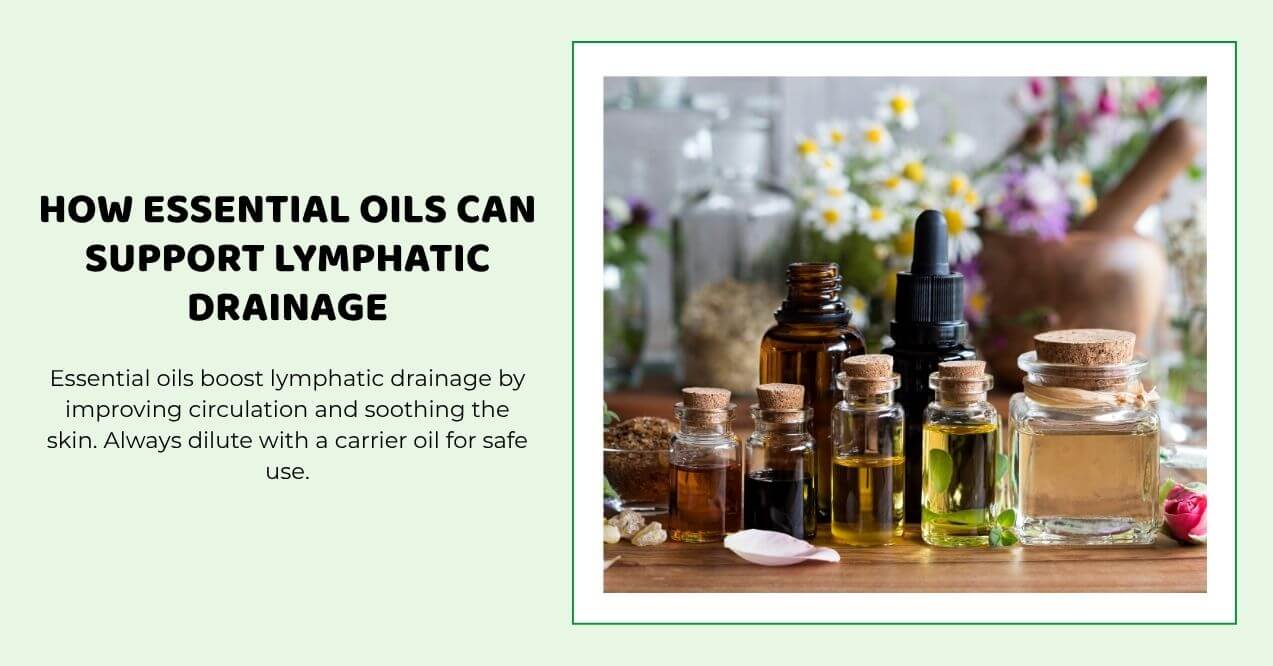
Certain plant-based oils may support circulation and reduce fluid buildup when used during lymphatic massage. These concentrated botanical extracts offer both aromatic and topical benefits that potentially enhance the massage experience. Their natural compounds work synergistically with manual massage techniques to promote gentle fluid movement.
Essential oils provide several supportive properties that may benefit lymphatic wellness:
- Promote gentle circulation through warming or cooling effects
- Support fluid movement with their molecular properties
- Provide soothing effects on the skin during massage application
For those dealing with swollen lymph nodes, essential oils for swollen lymph nodes can be particularly beneficial. Always dilute essential oils with appropriate carrier oils before applying them to your skin. This ensures safe application and helps the oils spread smoothly during massage.
7 Most Effective Essential Oils for Lymphatic Drainage
These seven essential oils are commonly incorporated into holistic wellness routines for lymphatic support. Each offers unique properties that may enhance your lymphatic massage experience.
1. Grapefruit Oil
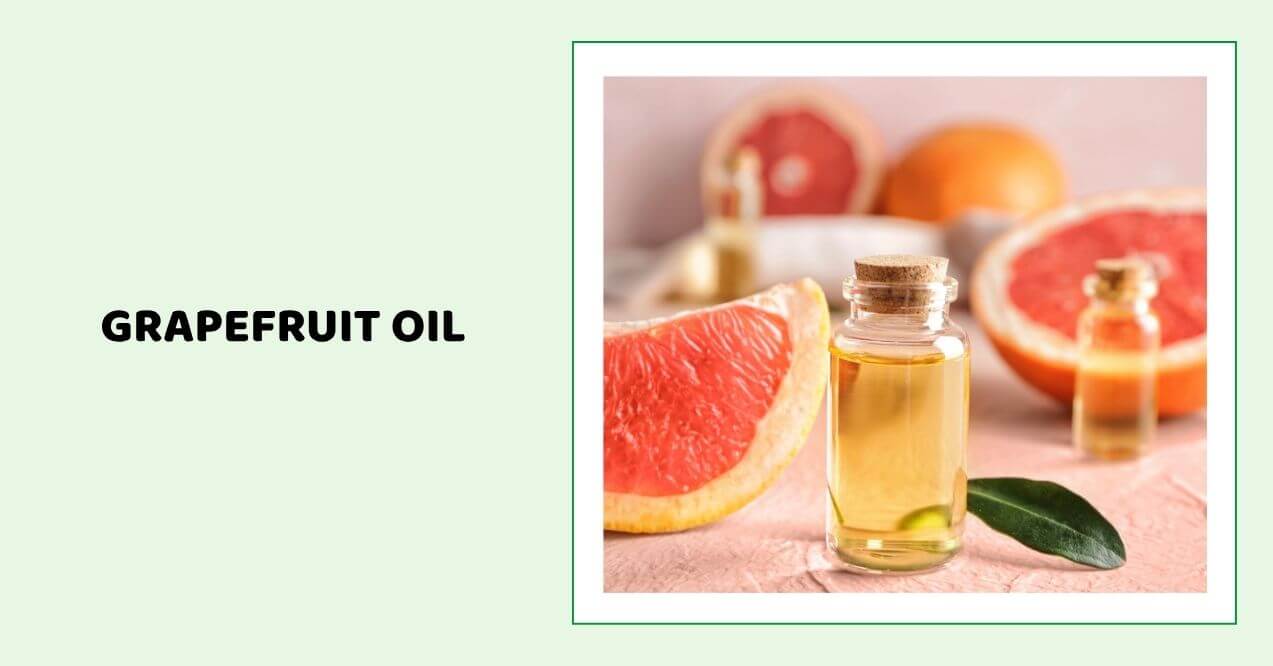
Grapefruit oil contains high levels of limonene, a compound that may support natural detox processes in the body. Its bright, uplifting aroma can help reduce the sensation of puffiness when incorporated into diluted massage blends. Many massage therapists favor this oil for its fresh scent and potential to invigorate the senses during treatment.
The citrus properties of grapefruit oil make it particularly suitable for morning lymphatic routines. Apply diluted grapefruit oil blends to areas where you experience fluid retention for potentially beneficial results.
2. Geranium Oil
Geranium oil has earned its reputation for promoting skin balance and potentially supporting gentle lymph movement. This floral-scented oil is a common addition to lymphatic massage routines due to its versatility and pleasant aroma. Its natural compounds may help regulate fluid balance when used consistently in massage applications.
Regular use of diluted geranium oil during self-massage may contribute to a sense of lightness and reduced swelling. The oil’s balancing properties make it suitable for all skin types.
3. Cypress Oil

Cypress oil is particularly valued for potentially encouraging healthy circulation and fluid movement throughout the body. Massage therapists frequently incorporate it into foot or leg massage blends to support lymph flow in the lower extremities. The woody, fresh scent adds a grounding element to any lymphatic drainage oil blend.
This essential oil works especially well for those who experience swelling in their legs or feet. Its astringent properties may help tone tissues during regular massage application.
4. Ginger Oil
The naturally warming properties of ginger oil make it an excellent choice for stimulating lymphatic flow. Often blended into massage oils for use after physical activity, ginger oil may support circulation and ease muscle tension. Its spicy aroma invigorates the senses while potentially promoting fluid movement.
Many people find that ginger oil helps create a warming sensation that enhances the effectiveness of lymphatic massage. Use it in areas where circulation feels sluggish or stagnant.
5. Lemon Oil
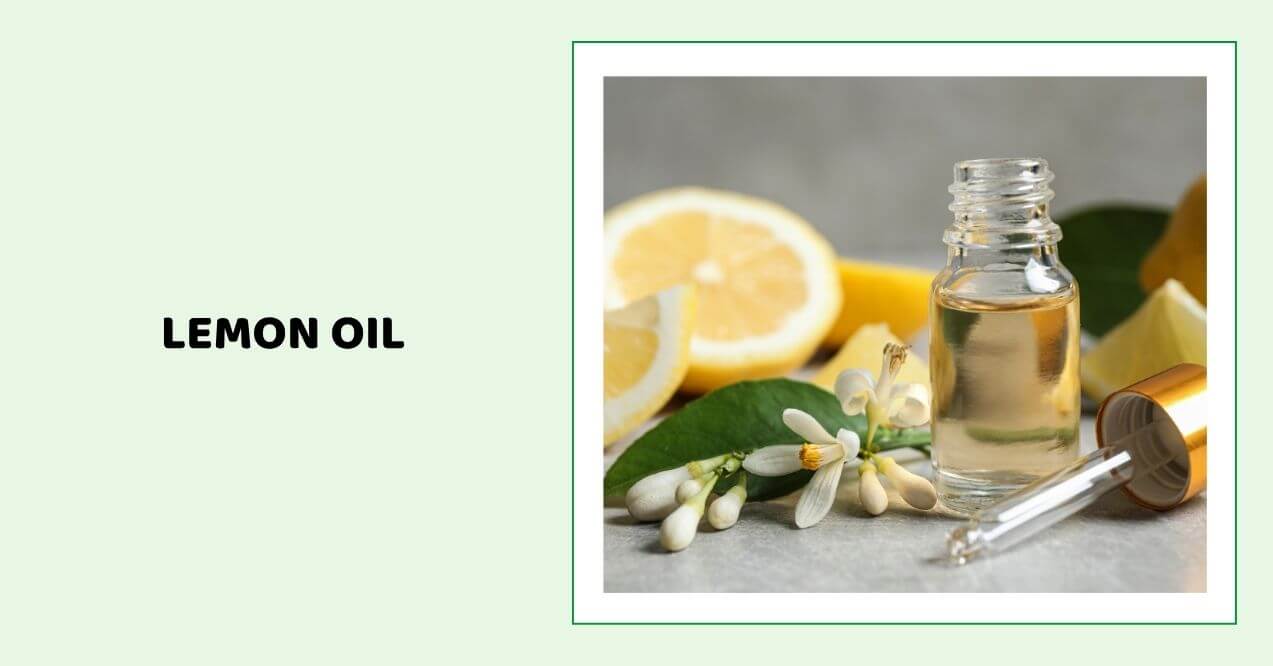
Lemon oil offers detox-supporting properties with its bright, invigorating scent that may energize your lymphatic routine. Due to potential photosensitivity, always use lemon oil in low concentrations with proper dilution. This citrus oil is particularly effective for morning lymphatic sessions when you want to start your day feeling refreshed.
The cleansing properties of lemon make it ideal for supporting the body’s natural elimination processes. Apply diluted blends to lymph node areas, avoiding sun exposure afterward.
6. Peppermint Oil
Peppermint oil contains menthol, which delivers a distinctive cooling and energizing sensation to tired limbs. This refreshing oil may help revitalize areas of stagnation when incorporated into topical blends. The immediate cooling effect can make lymphatic massage feel more invigorating and pleasant.
Use peppermint oil sparingly in your blends, as its potency means a little goes a long way. The cooling sensation it provides can be particularly soothing for essential oils for swollen glands.
7. Frankincense Oil
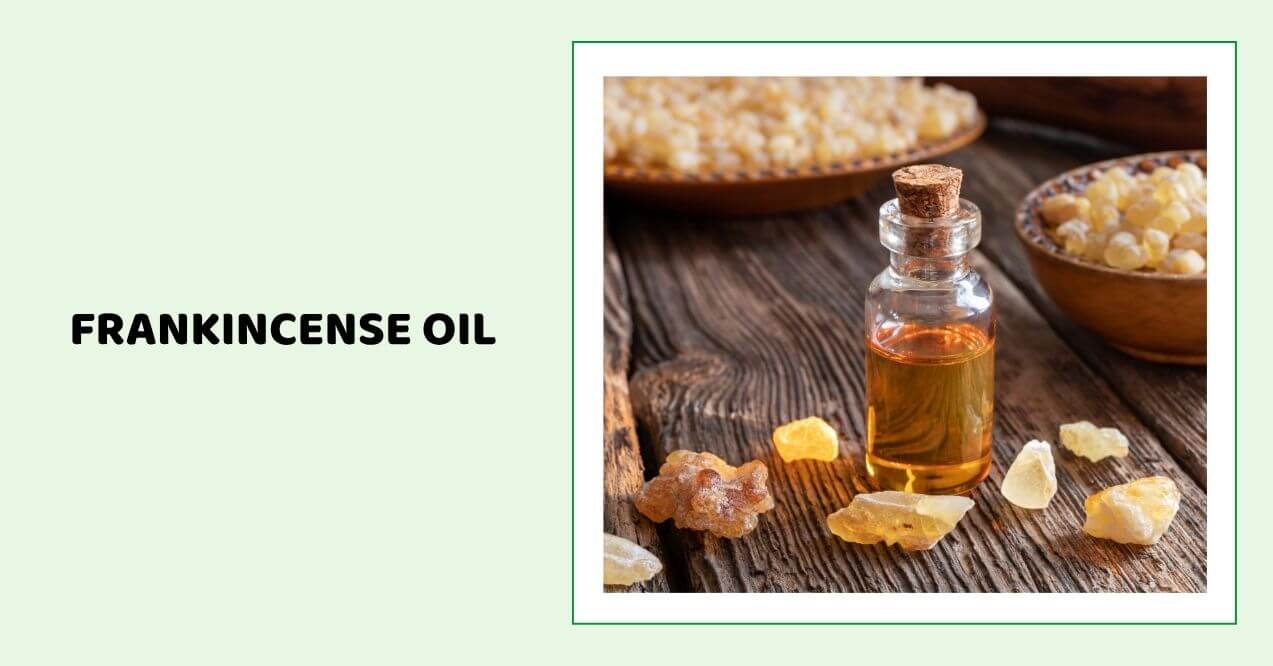
Frankincense oil brings soothing and grounding properties to any lymphatic drainage oil blend. Known for potentially supporting immune-related functions and general skin wellness, this ancient oil adds depth to massage formulations. Its earthy aroma promotes a sense of calm during self-care routines.
The anti-inflammatory properties of frankincense may complement other oils in supporting healthy lymph flow. Include it in evening massage blends for its relaxing qualities.
Using Carrier Oils with Essential Oils
Essential oils require dilution with carrier oils before skin application to ensure safety and effectiveness. Carrier oils not only protect your skin but also help essential oils spread smoothly during massage. Choose high-quality carrier oils that complement your skin type and massage preferences.
These carrier oils work excellently for lymphatic massage oil preparations:
- Jojoba – lightweight texture that absorbs quickly without clogging pores
- Sweet almond – rich in fatty acids and vitamin E for skin nourishment
- Coconut – provides deep hydration with natural antimicrobial properties
Maintain a 2-3% total essential oil content in your topical blends for safe, effective use. This translates to approximately 12-18 drops of essential oil per ounce of carrier oil.
Massage Techniques to Enhance Oil Effectiveness
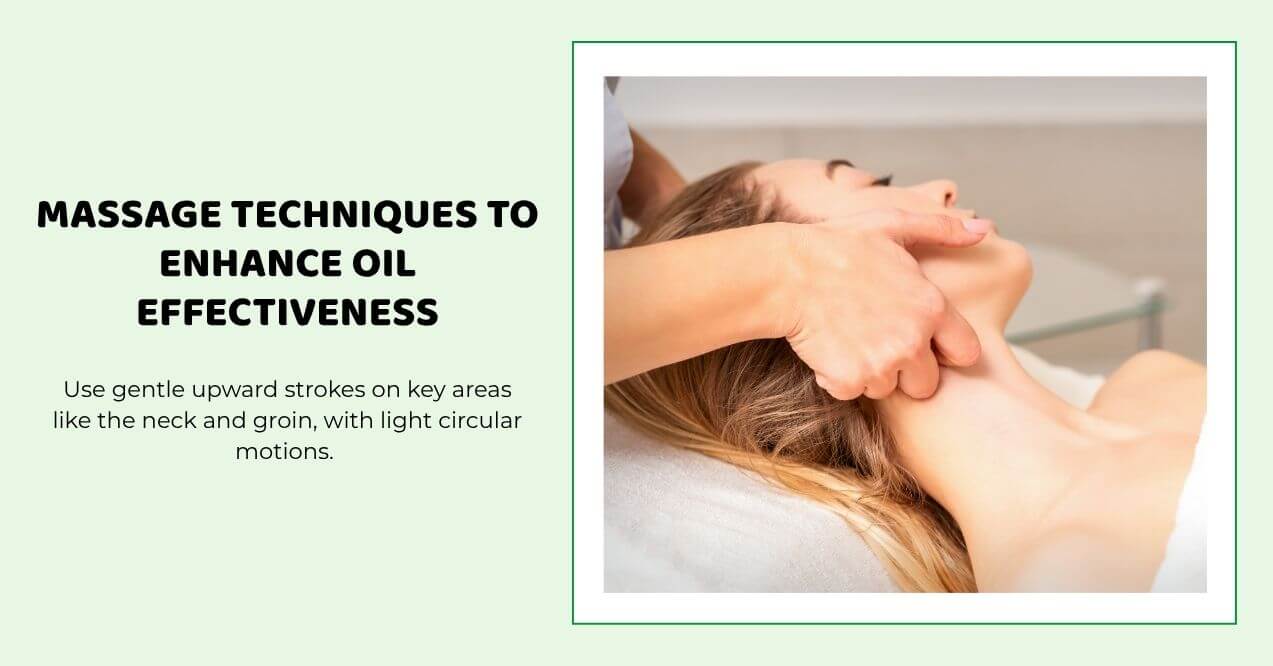
Effective self-massage for lymphatic flow requires gentle, intentional movements rather than deep pressure. Focus on using upward strokes that move toward your heart, particularly around key lymph areas. The neck, underarms, and groin contain concentrated lymph nodes that benefit from regular attention.
If you’re wondering where to apply essential oils for lymph drainage, start your massage routine at the neck, using light circular motions to activate these primary drainage points. Work systematically down your body, always maintaining gentle pressure and rhythmic movements. Consistency matters more than intensity when it comes to supporting lymphatic flow. It’s also wise to understand Are There Lymphatic Massage Dangers? before adding new massage techniques to your routine, especially if you have health concerns.
Stay well-hydrated after each massage session to support your body’s natural cleansing processes. Regular practice, combined with proper technique, may yield the best results for lymphatic wellness. Knowing what to expect from lymphatic drainage massage before and after may help you track your progress effectively.
Integrating Supplements to Support Lymphatic Wellness
Supplements may provide additional support for lymphatic wellness when combined with essential oil massage routines. Herbal extracts like red root or burdock have traditionally been used to promote the body’s natural detoxification pathways. Antioxidant-rich compounds can help neutralize oxidative byproducts while supporting internal balance.
Enzyme blends are known to aid healthy circulation and tissue response. Consider exploring lymphatic drainage supplements that contain natural ingredients specifically selected to support lymphatic function. These formulations often include herbs, enzymes, and nutrients that work synergistically to promote fluid balance and detoxification.

Always consult a healthcare professional before starting any new supplement regimen. This ensures the products you choose align with your individual health needs and current wellness routine.
Complementary Practices to Enhance Results
Combining essential oils for lymphatic drainage with other lymph-supportive habits creates a comprehensive approach to wellness. These practices work together to maintain healthy fluid balance and support your body’s natural detoxification processes.
Dry brushing before applying your lymphatic massage oil can help stimulate circulation and prepare your skin. Use a natural bristle brush with gentle strokes moving toward your heart. Rebounding on a mini-trampoline or taking regular walks encourages lymph movement through natural body motion.
Some people also explore red light therapy for lymphatic drainage as a modern complement, since light-based approaches may encourage circulation and fluid movement externally while oils provide internal support.
These supportive practices, combined with regular massage and essential oils, may help sustain long-term wellness. Remember that lemon peels can help with lymphatic drainage when used in various ways. Also, consider which worst foods for lymphatic system to avoid for optimal results.
Conclusion
Essential oils for lymphatic drainage offer a natural, enjoyable approach to supporting lymphatic health when used properly as part of a comprehensive wellness routine. The seven oils discussed, each bring unique properties that may enhance your lymphatic drainage massage experience. Safety, consistency, and a holistic approach remain paramount for achieving optimal results.
Incorporating these aromatic oils into regular self-massage, along with proper hydration, movement, and nutritional support, creates a sustainable path to lymphatic wellness. Start slowly, listen to your body, and enjoy the process of discovering which essential oils work best for your individual needs.
Dilute 2-3 drops of lymphatic-supporting oils in carrier oil and massage gently toward lymph nodes. Focus on neck, underarms, and groin areas with light, rhythmic strokes daily.
Cypress, geranium, and lemon oils may support lymph gland function. Always dilute properly and massage gently around swollen areas for potential relief.
Apply essential oils for lymph drainage to neck sides, behind ears, underarms, inner elbows, abdomen, and groin areas using upward strokes toward the heart.
Yes, using diluted essential oils or plain carrier oils helps hands glide smoothly, prevents skin pulling, and may enhance the massage’s effectiveness.
FAQ
References
